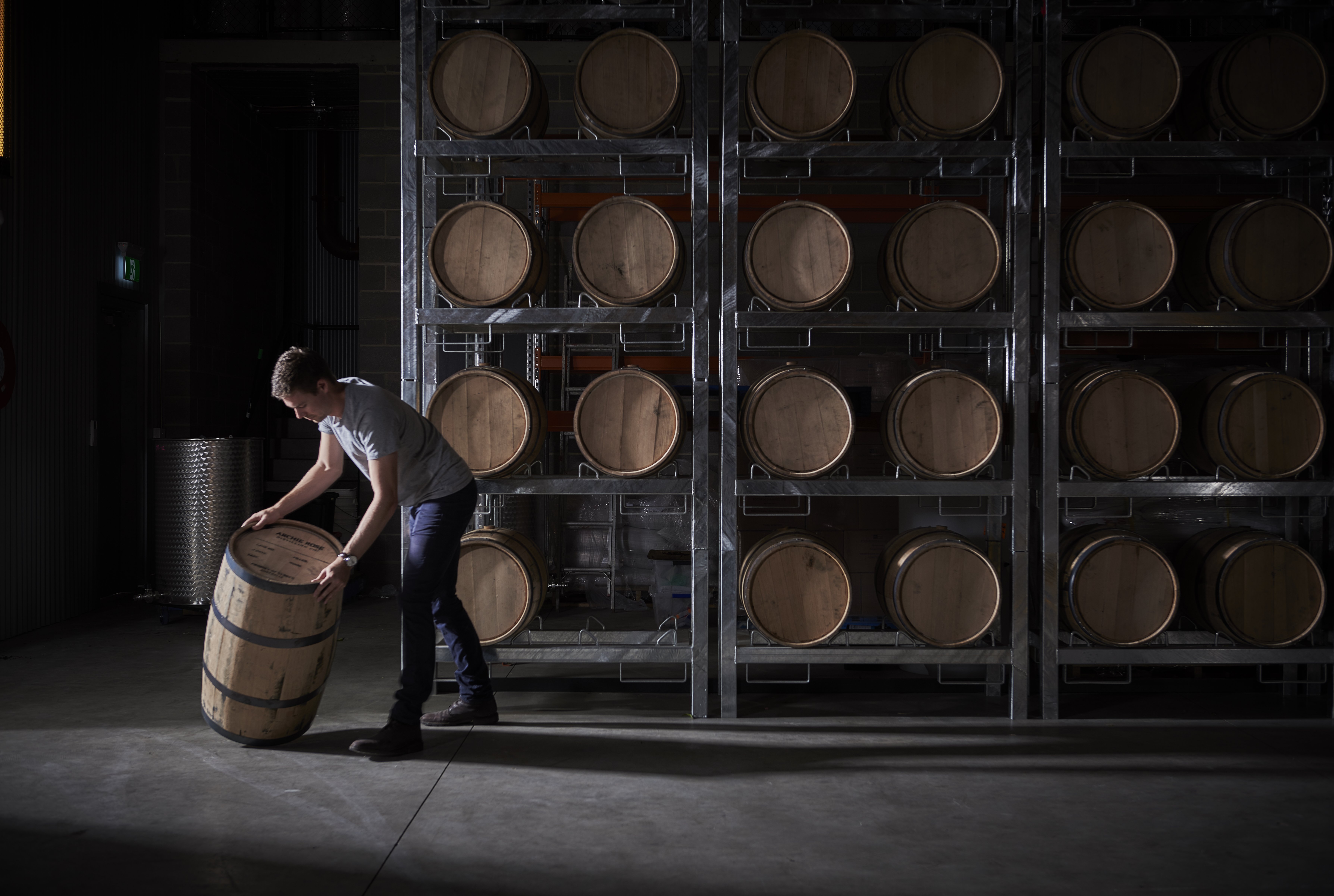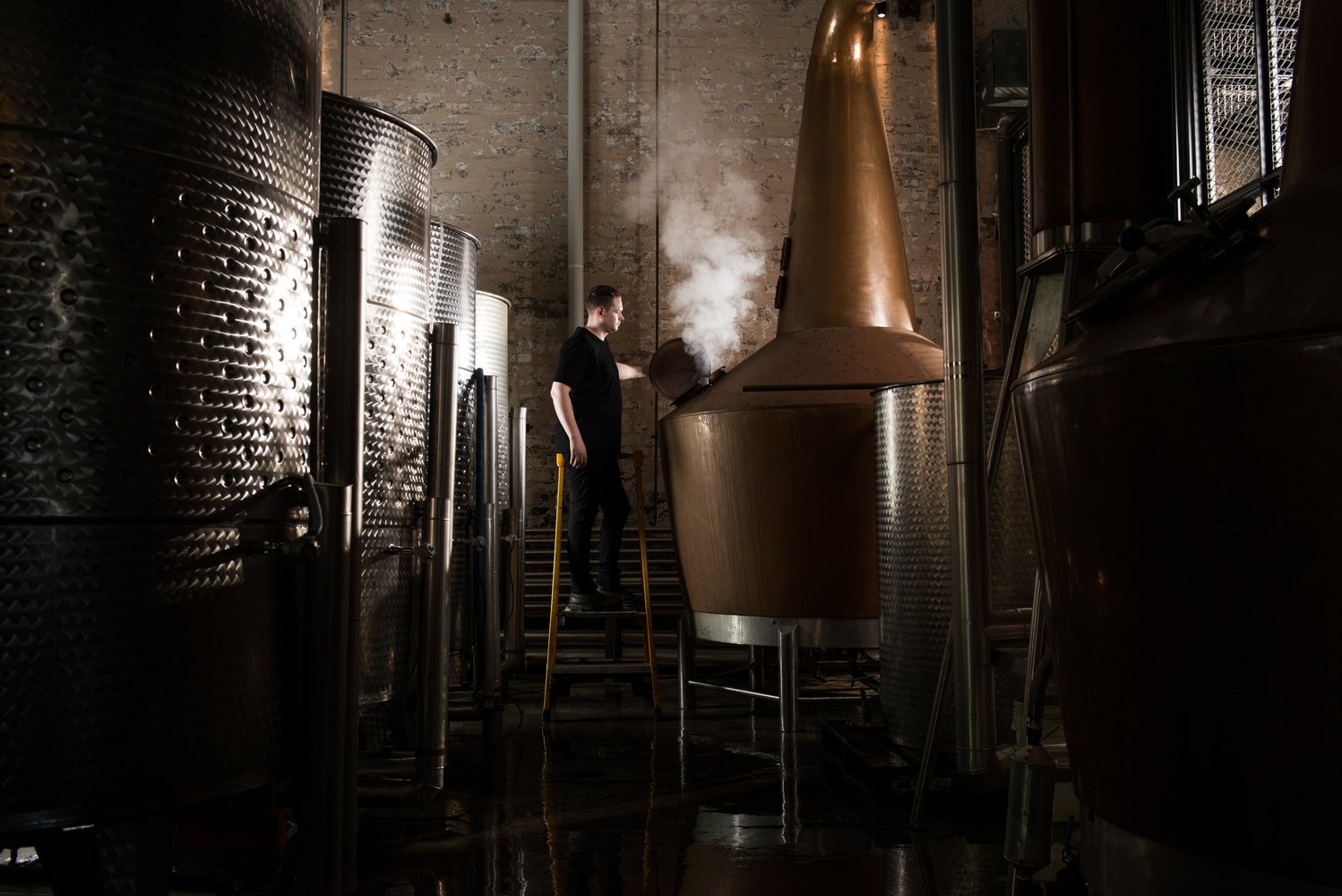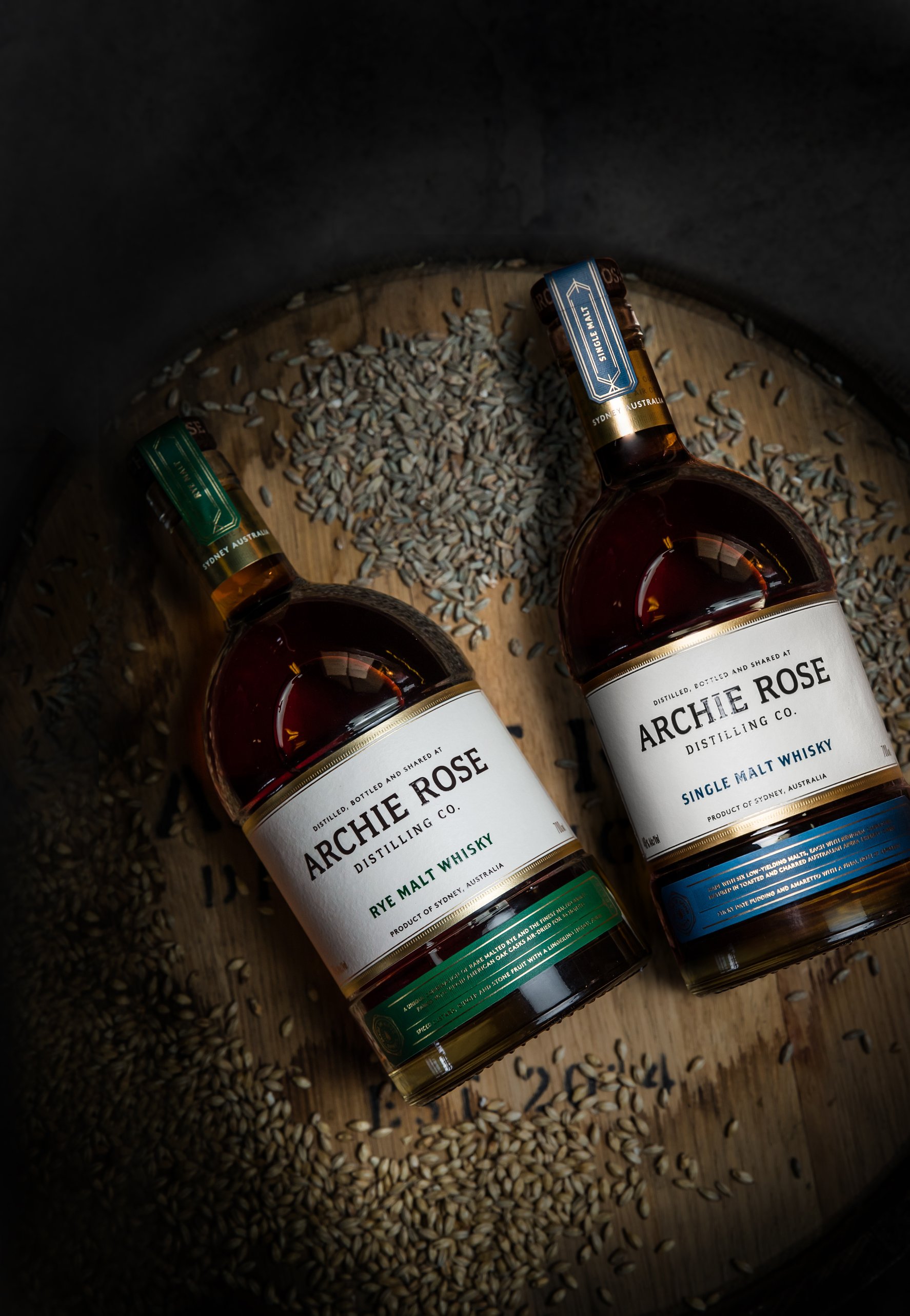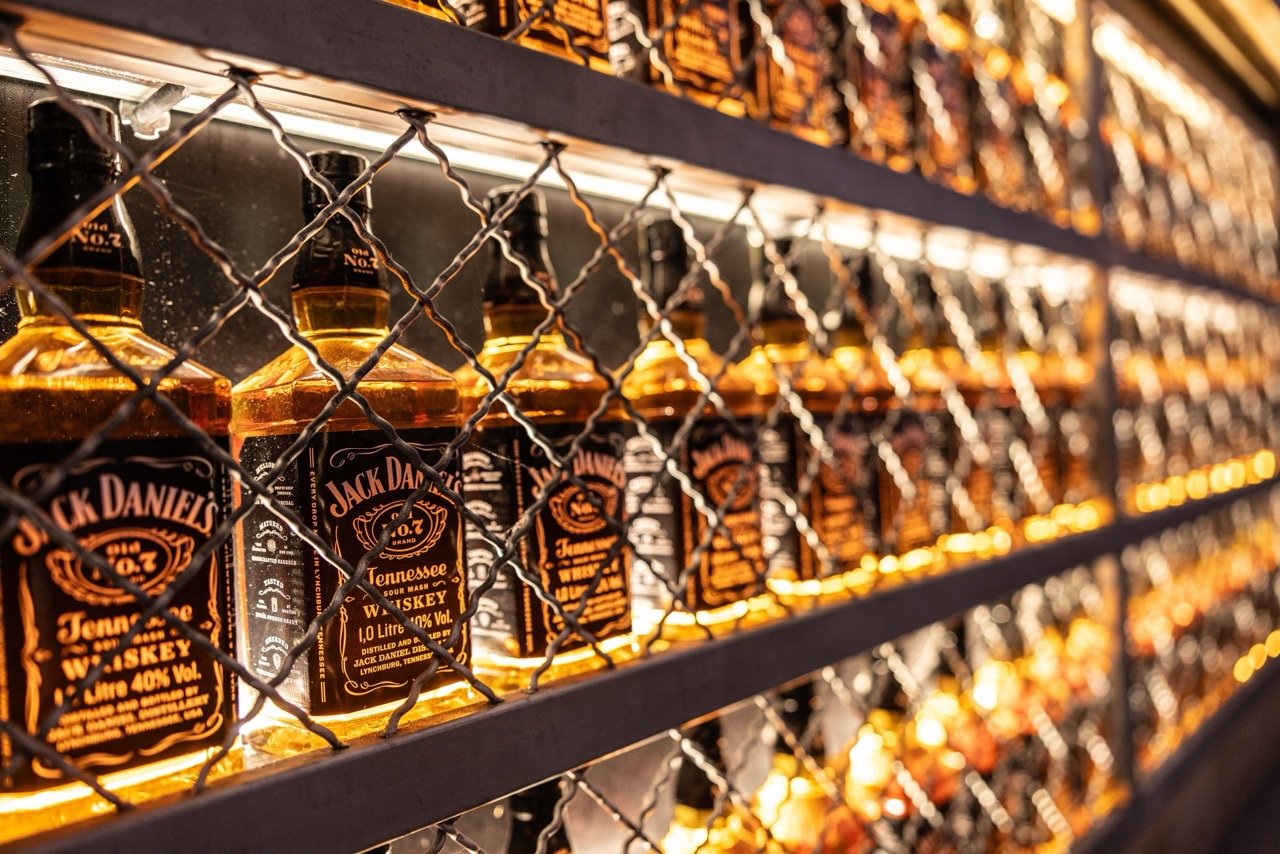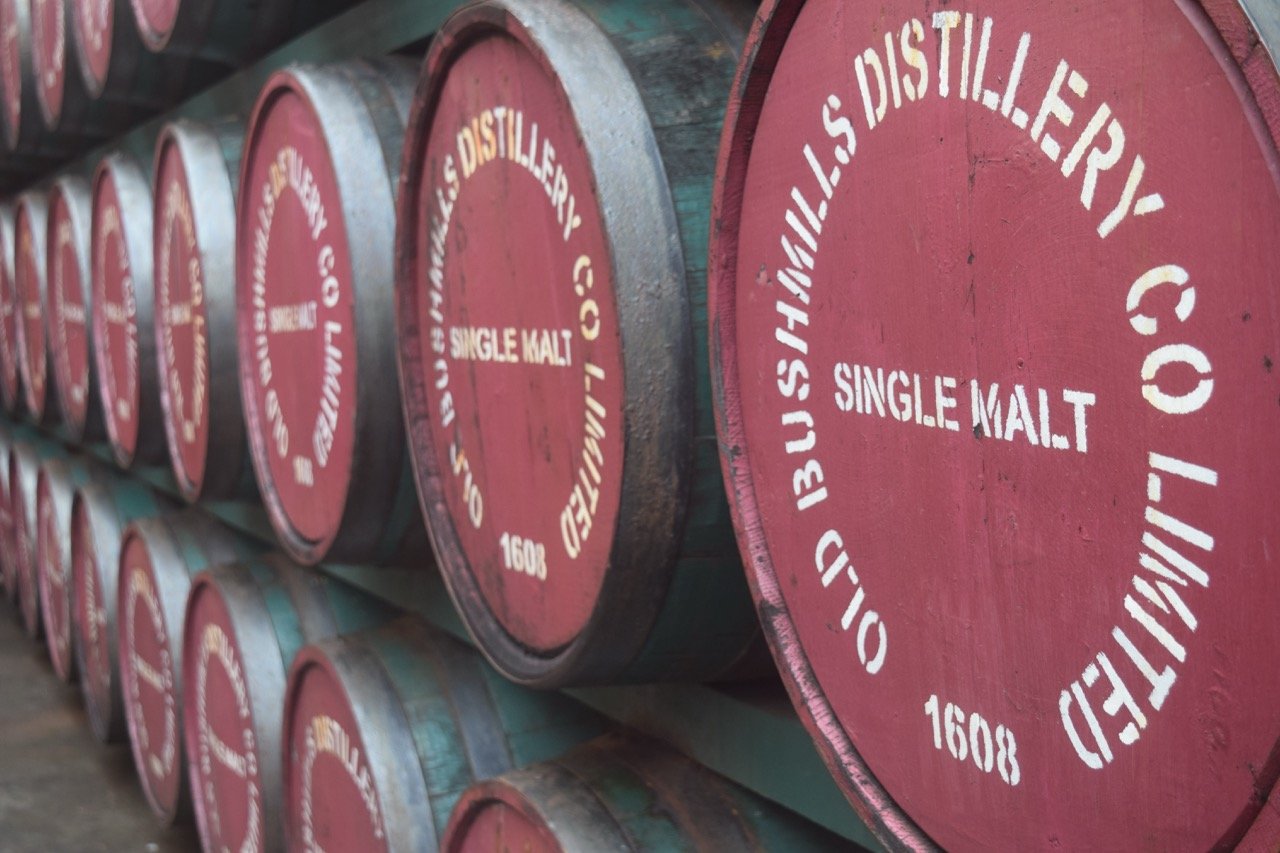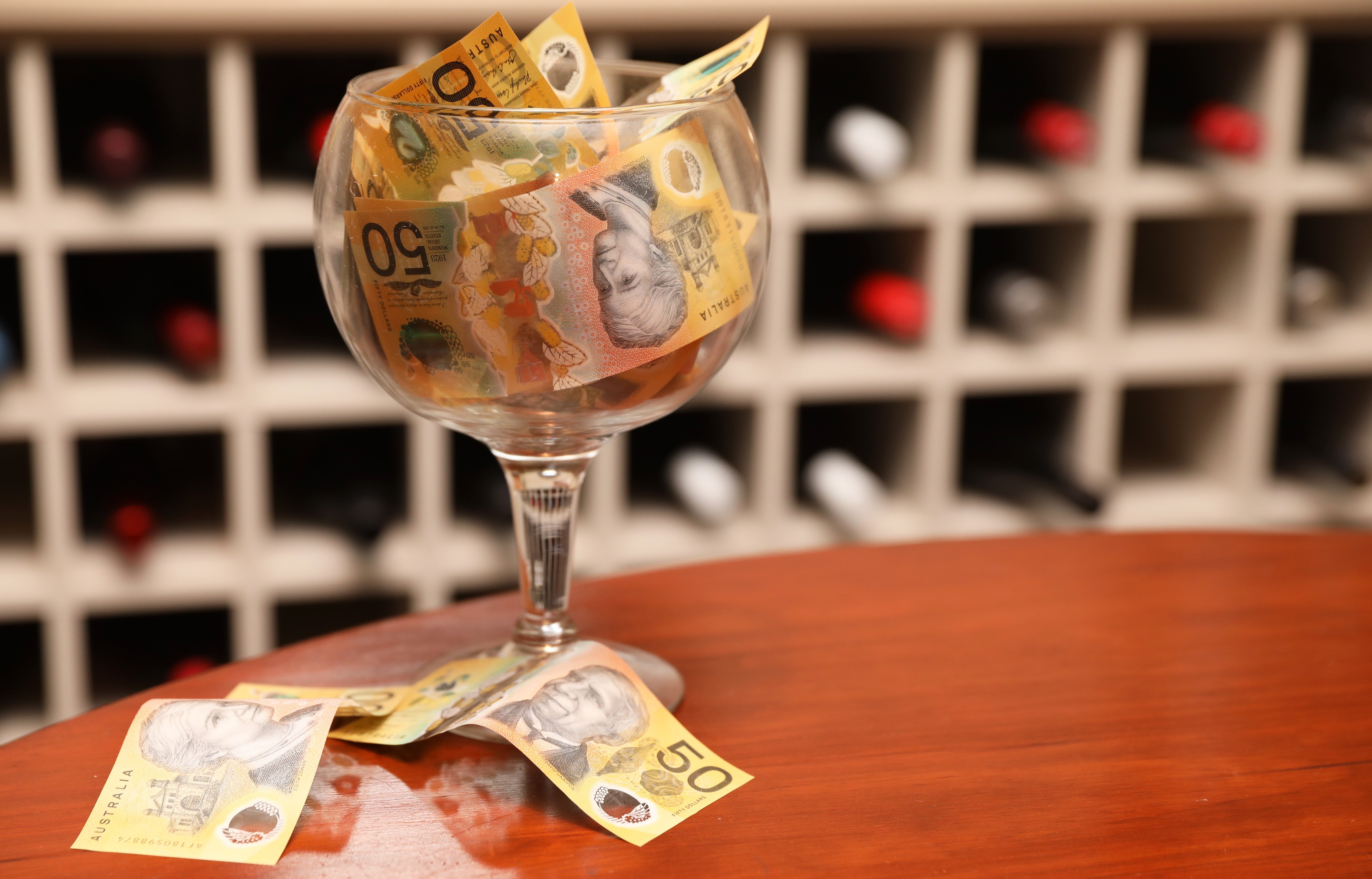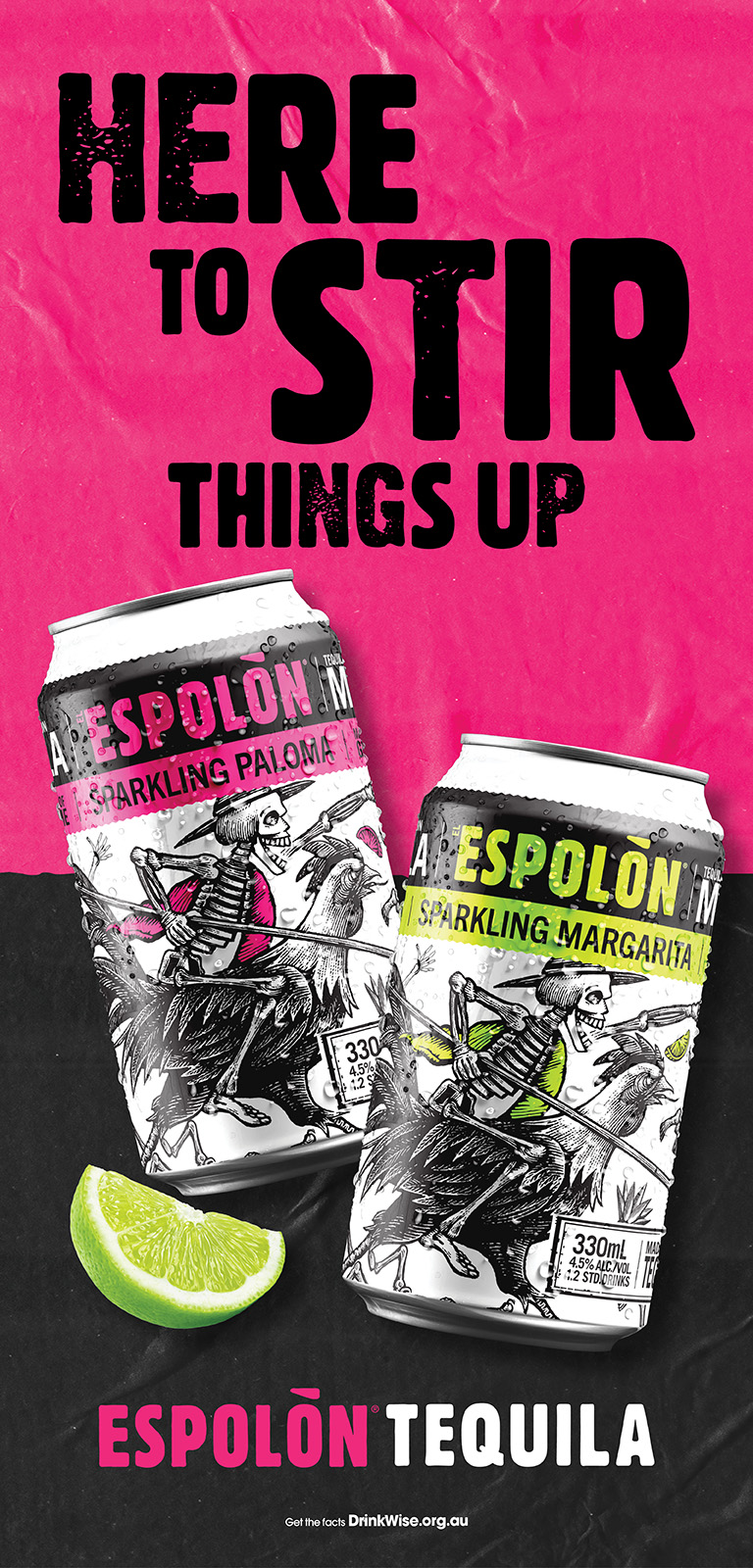With World Whisky Day taking place this Saturday, Drinks Trade staff felt it would be a good time to deep dive into the Australian whisky market as it stands today.
Currently, Australia has the fourth highest per capita whisky consumption rate in the world. While traditionally dominated by Scotch, recent years have seen the whisky landscape expand and diversify in every which way.
Australia
One of these sectors is Australian whisky, which now boasts more than 100 active whisky distilleries. While technically more than 160 years old, Australia’s whisky industry as it is known today really only emerged in the early 1990s when Bill Lark was awarded his liquor licence. Since then, Tasmania has earned a reputation for its small-batch single-distillery whisky expressions. Alongside quality cues, Tasmanian whisky has long carried the stigma of being ultra-exclusive and economically inaccessible, keeping it relatively cut off from the wider whisky drinking world.
This has since started to change, however, largely as a result of the 2018 release of Starward Two Fold.
“At that time, there wasn’t really any other Australian whiskies in that price range, and nothing blended,” said Head Blender Jarrad Huckshold.
“It’s been really cool and exciting to see more brands come out in that space, and I think we’re going to see more of that in the next five years.”
More so than just opening up a more accessible price point and the idea of larger distribution volume, Starward’s use of wine barrels also opened up a new genre of Australian whisky that strives to differentiate itself from its Scottish ancestors.
Archie Rose, through its focus on locally-sourced malts, is also producing whiskies that clearly champion their homeland. This malt focus extends far beyond just being a guiding ideology, with Archie Rose even filing a patent for its individual malt stream process. This process involves milling, brewing, fermenting, distilling and maturing every mashbill component either individually or with a single base malt, thus allowing the team to tailor every variable - such as temperature, yeast, cask, and distillation rates - to the specific malt as opposed to compromising on average. Put simply, this allows Archie Rose to get the most out of every one of its grains.
As Dave Withers, Archie Rose’s Master Distiller puts it, “grain is the fundamental building block of whisky, it is the foundation on which all whisky is based: a successful fermentation, distillation or maturation can only be so because the grain you start with is fit for purpose.”
One example is Archie Rose’s Single Malt Whisky, which features a six-malt mashbill. Another is Archie Rose’s rye whisky range, which champions the distinctive, intense earthiness of Australian-grown rye.
Both Archie Rose and Starward recently turned heads at the San Francisco World Spirits Competition, with Starward also being named the world’s Most Awarded Distillery of the Year.
Scotland
While no longer the unmatched behemoth of years gone by, whisky from Scotland remains the benchmark that all other whisky-producing regions are compared to. As Chief Executive of the Scotch Whisky Association Mark Kent said last year, “the Scotch Whisky industry is remarkably resilient… once again [showing] its export strength despite significant challenges across a volatile global trading environment.”
Kent’s statement followed on from the Scotch Whisky Association’s 2023 Exports results, which saw 1.35 billion bottles of Scotch exported at a collective value of more than AUD $10 billion, up 3% by volume and 14% by value compared to 2019.
“The figures demonstrate that Scotch Whisky brands and distilleries are investing in their teams, their tourism offering, their long-term sustainability and their global presence to ensure that Scotch continues to be the world’s favourite whisky.”
Ireland
But whisky from Scotland no longer carries the same dominance as it once may have. One category rapidly gaining traction in Australia is Irish whiskey, with the latest available data, as viewed in the Irish Spirits Market Report 2022, revealing that imports of Irish Protected Spirits into Australia increased in value by 17.3% on the year before. The data also revealed that Australia imported a volume of 615,700 nine-litre cases in 2022, which equates to about 74% of the 832,500 total cases consumed within Ireland itself.
Building upon an already solid base, Irish whiskey has been gaining popularity over recent years for its simultaneous approachability and complexity as a result of its smooth unpeated profile and many layers of flavour.
Rest of world
Part of the beauty of whisky is that, like with wine, there is now a wealth of different whisky producing regions all with distinctive stories and stylistic-decisions to share. This includes Japan with its unmatched attention to detail and North America that is seeing a new era of craft spirits being introduced to Australia.
More updates in this space are expected to be available in a few weeks time with the first visit of The Distilled Spirits Council of the United States since 2019.
Share the content
